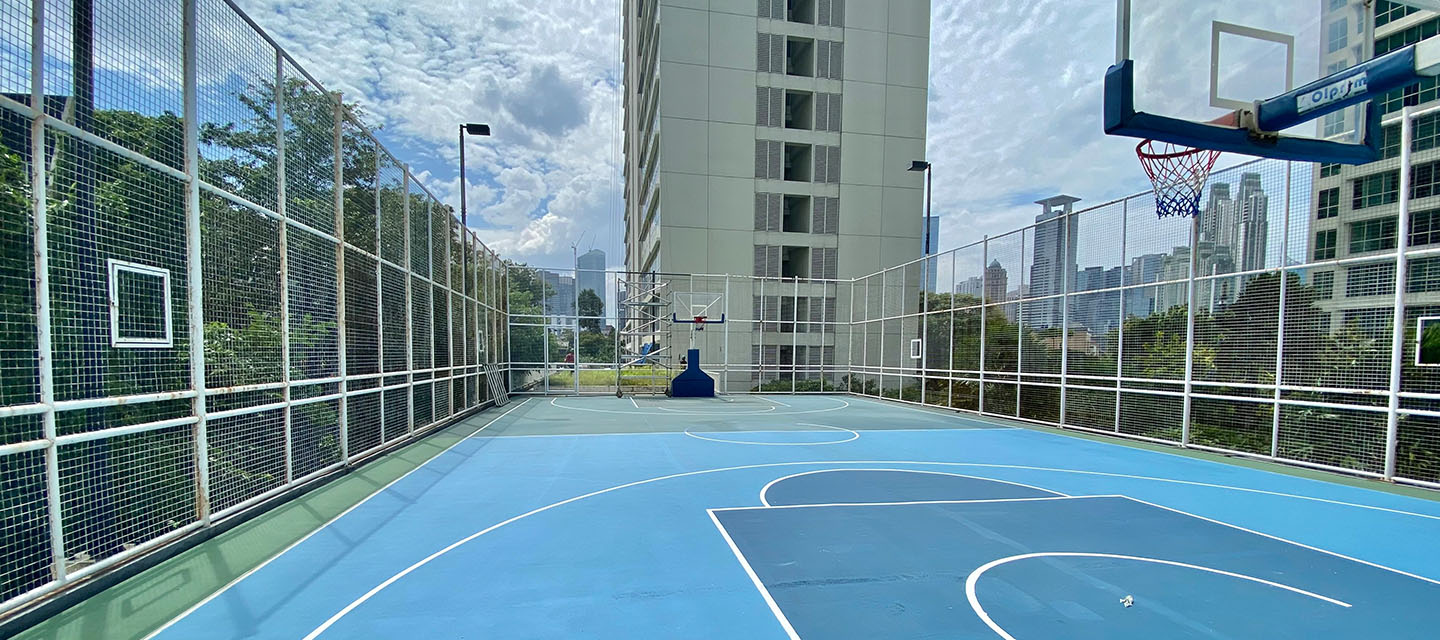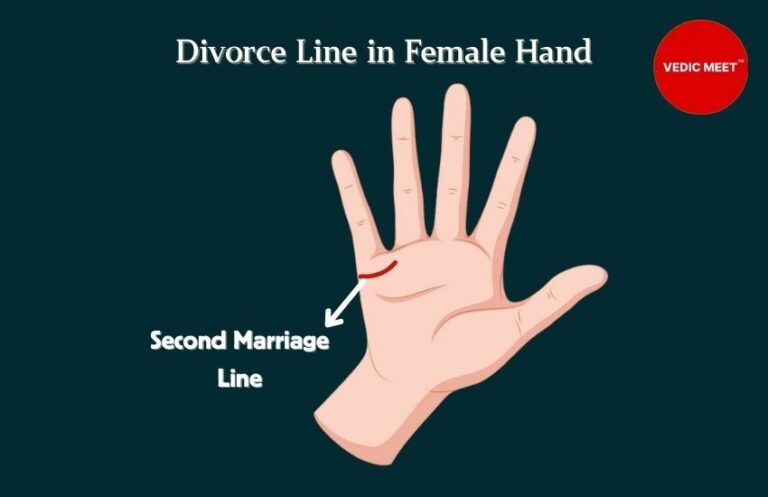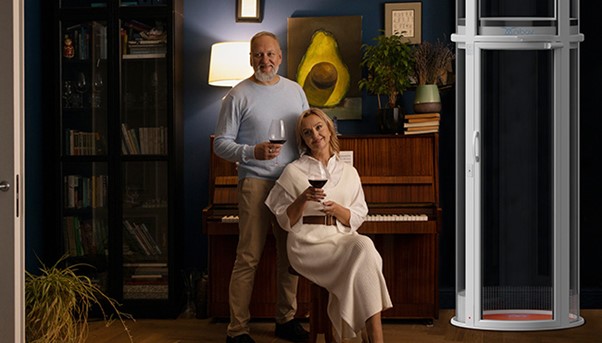Basketball, a beloved sport enjoyed by millions worldwide, is synonymous with fast-paced action, teamwork, and skill. To truly appreciate the game, it’s essential to understand the dimensions of the basketball court and how they impact gameplay. In this comprehensive guide, we’ll delve into the specifics of a standard basketball court and explore the concept of a half-sized basketball court. So, whether you’re a dedicated player, a passionate fan, or simply curious, let’s unravel the question: “How big is a basketball court?”
The Standard Basketball Court
A standard basketball court, as defined by the National Basketball Association (NBA) and the International Basketball Federation (FIBA), adheres to specific dimensions to ensure uniformity and fairness in the game. The court is designed to accommodate both professional and amateur play.
Length and Width: The length of a standard basketball court is 94 feet (28.65 meters), while the width is 50 feet (15.24 meters). This creates a rectangular playing surface with an aspect ratio of approximately 2:1.
Basket Height: The basketball hoop is positioned 10 feet (3.05 meters) above the playing surface. This height is consistent across all levels of the game, from professional to recreational.
Free-Throw Line: The free-throw line, from which players attempt free throws, is located 15 feet (4.57 meters) away from the backboard.
Three-Point Line: The three-point line, which marks the boundary for three-point shot attempts, is situated at varying distances from the hoop. In the NBA, the three-point line is approximately 23.75 feet (7.24 meters) from the basket at the top of the key and 22 feet (6.70 meters) at the corners.
Key Area: The key, also known as the paint or the lane, is a rectangular area positioned near the basket. Its dimensions are standardized at 19 feet (5.80 meters) in length and 16 feet (4.88 meters) in width.
Half-Court Line: The half-court line bisects the court, dividing it into two equal parts. It is located at the midpoint of the court’s width, at 25 feet (7.62 meters) from each baseline.
Now that we have a clear picture of the standard basketball court’s dimensions, let’s shift our focus to half-sized basketball courts.
Half-Sized Basketball Court
A half-sized basketball court, as the name suggests, is precisely half the size of a standard basketball court. This variation is commonly used in various settings, such as schools, parks, and recreational areas, where space constraints may limit the construction of a full-sized court.
Dimensions: A half-sized basketball court measures 47 feet (14.33 meters) in length and 25 feet (7.62 meters) in width. It retains the same aspect ratio as a standard court, maintaining the relative proportions.
Basket Height: Just like on a full-sized court, the basketball hoop on a half-sized court is set at a height of 10 feet (3.05 meters).
Free-Throw Line: The free-throw line on a half-sized court is positioned 15 feet (4.57 meters) from the backboard, adhering to standard regulations.
Three-Point Line: In most cases, a half-sized court features a reduced three-point line distance to accommodate the smaller playing area. The exact distance may vary, but it is typically around 19 feet (5.80 meters) from the basket at the top of the key and 18 feet (5.49 meters) at the corners.
Key Area: The key area on a half-sized court is also scaled down proportionally. It measures approximately 9.5 feet (2.90 meters) in length and 8 feet (2.44 meters) in width.
Benefits Of Half-Sized Basketball Courts
- Space Efficiency: Half-sized courts are an excellent solution for locations with limited space, such as schoolyards and urban areas. They allow communities to enjoy the game of basketball without the need for a full-sized court.
- Youth Development: These courts are particularly useful for youth basketball programs. Young players can practice and compete on appropriately sized courts, which can enhance skill development and foster a love for the game.
- Recreational Play: Half-sized courts are perfect for casual games and pickup basketball, making them accessible to players of all skill levels.
- Safety: The smaller dimensions of a half-sized court reduce the risk of players colliding or running into the boundaries, promoting safety during play.
Challenges Of Half-Sized Basketball Courts
- Limited Gameplay: While half-sized courts offer advantages in terms of space and accessibility, they may not provide the same gameplay experience as a full-sized court. The reduced court size can limit certain aspects of the game, such as fast breaks and long-range shooting.
- Adaptation: Players transitioning from half-sized courts to full-sized courts may need some time to adjust to the larger playing area, as it can significantly impact their positioning and strategy.
- Competition Compatibility: Half-sized courts may not be suitable for official league play or competitive tournaments, as they do not meet the standard court dimensions required for regulation games.
Conclusion
In conclusion, the dimensions of a basketball court half size, whether full-sized or half-sized, play a crucial role in shaping the game of basketball. A standard basketball court is 94 feet in length and 50 feet in width, featuring a 10-foot-high hoop and specific markings, such as the free-throw line and three-point line. On the other hand, a half-sized basketball court is precisely half the size of a standard court, making it a practical choice for various settings.
While half-sized courts offer advantages in terms of space efficiency and accessibility, they come with their own set of challenges, particularly in terms of gameplay adaptation and compatibility with official competition rules. Ultimately, the choice between a full-sized and half-sized court depends on the intended use and available space.
So, the next time you step onto a basketball court, take a moment to appreciate the carefully designed dimensions that contribute to the beauty and excitement of the game. Whether you’re playing on a full-sized court in a professional arena or a half-sized court in your local park, the love for basketball knows no bounds, regardless of court size.













